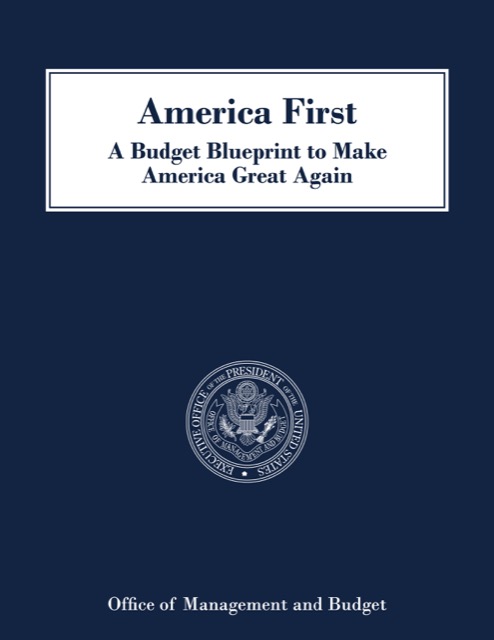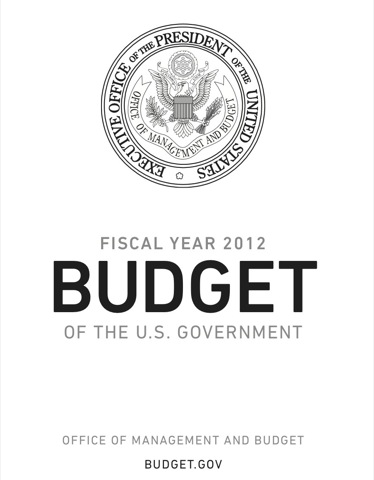President Trump’s 2018 budget takes a meat cleaver to many federal programs. In my issue areas–transportation, housing, and public lands–it would end the Federal Transit Administration’s New Starts program; end funding for Amtrak’s long-distance trains; eliminate HUD community development block grants; and reduce funding for public land acquisition. There’s no high-speed rail or trillion-dollar infrastructure program, and nothing that suggests Trump would support federal funding for those things.
Trump calls this the “America First” budget. What it really is is a “Federal Funding Last” budget, as Trump proposes to devolve to state and local governments and private parties a number of programs now funded by the feds. In theory, the result should be greater efficiency and less regulation. However, in most of the areas I know about, Trump could have gone further and produced even better results.









